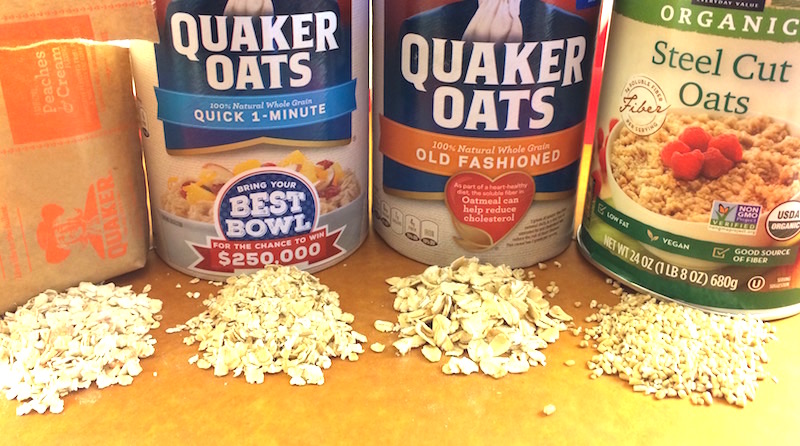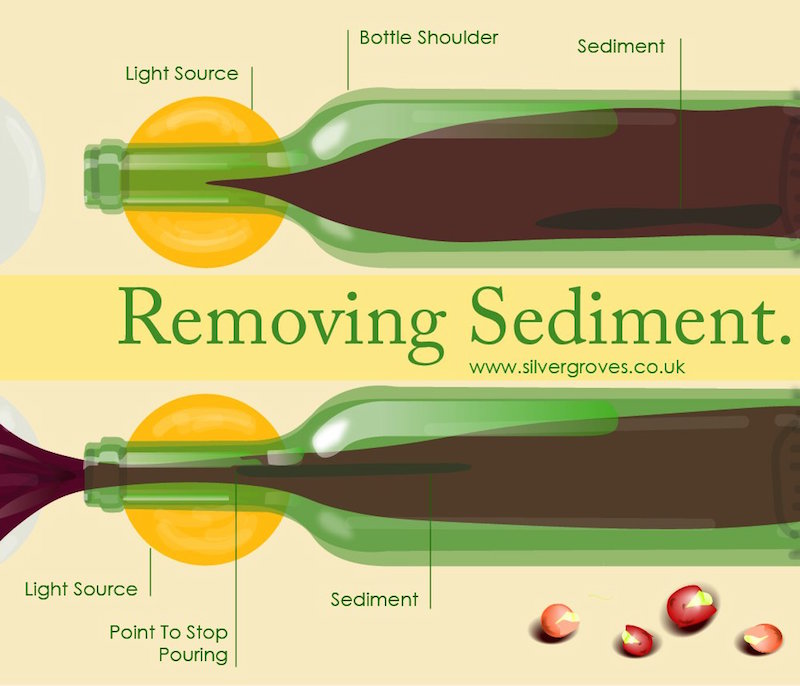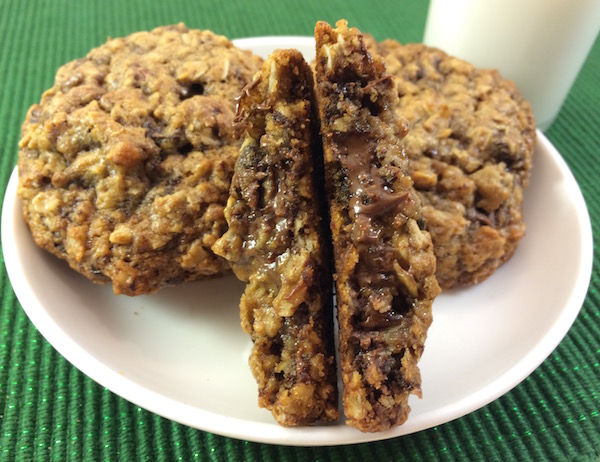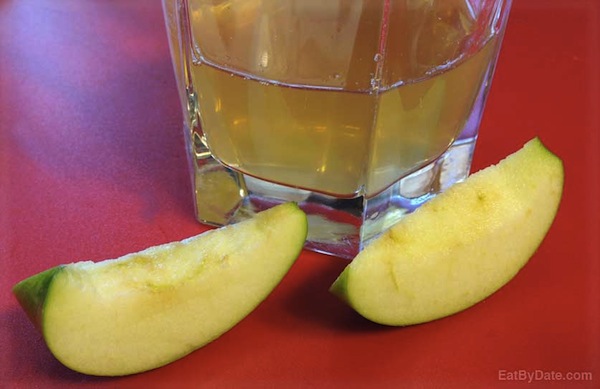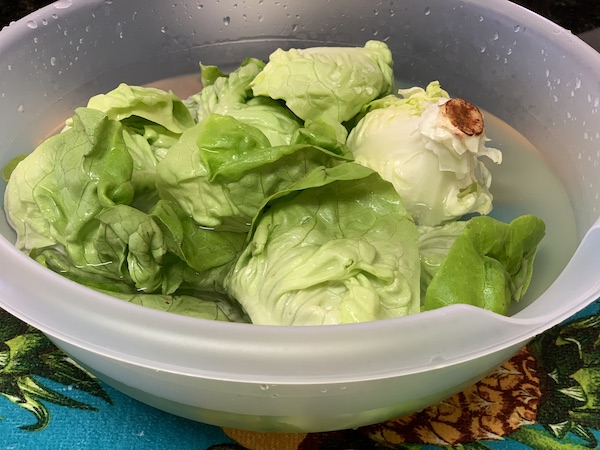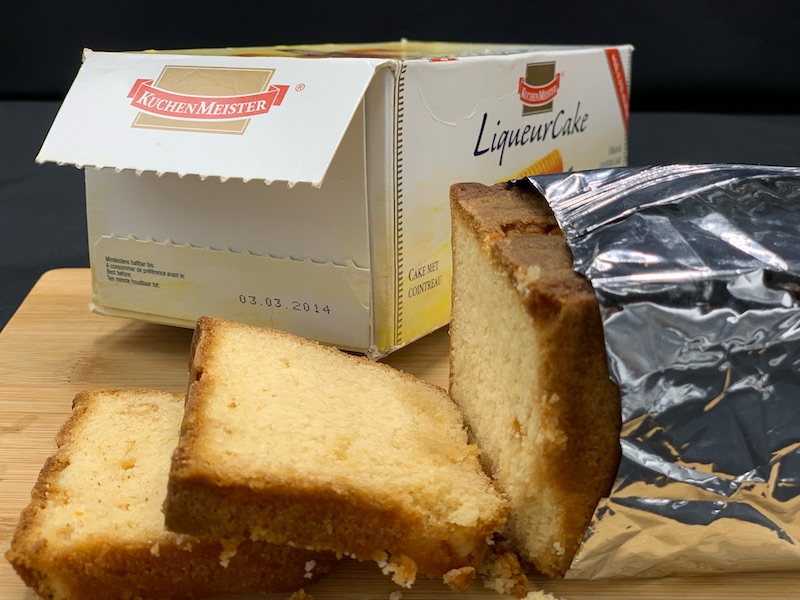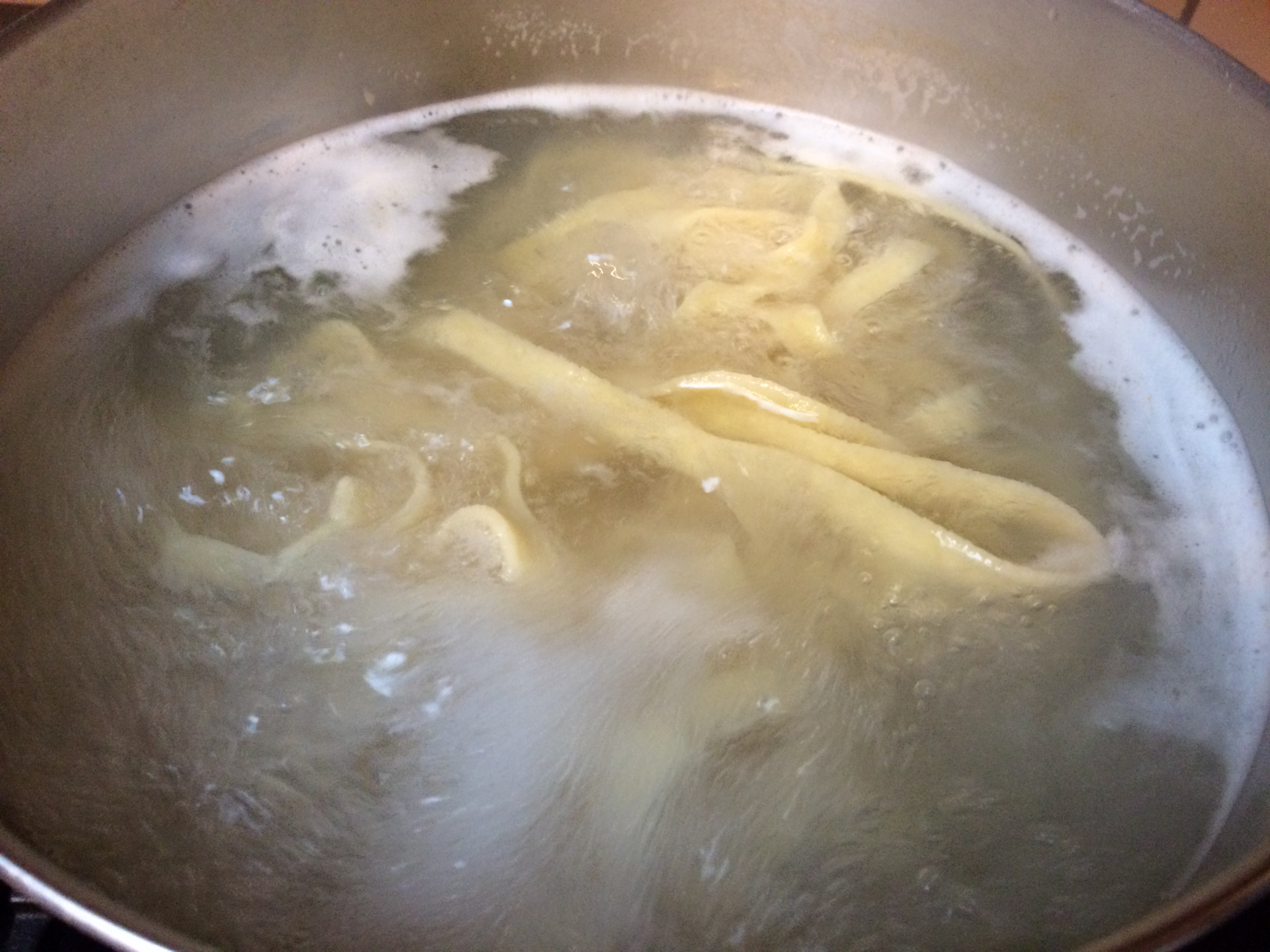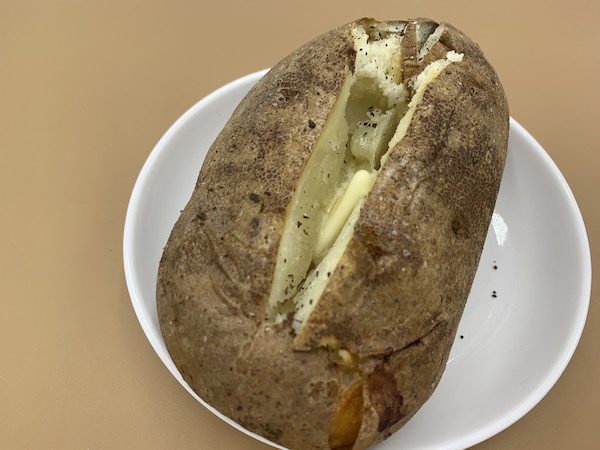Beware: Microwave Cooking
Microwave ovens are convenient, there’s no denying that… but if you are cooking, and not just re-heating leftovers, they can be dangerous. If you are actually cooking in the microwave, be sure to read the following list of cautionary statements about cooking with a microwave. We’re not talking about what happens if you place tin foil in the microwave, although that is plenty dangerous. We’re talking here about the safety of the food that you cook in a microwave.
We are especially concerned with cooking meats, fish and poultry in the microwave since they can be harmful to consume if not cooked properly.

Safe Microwave Cooking
Microwave ovens can cook unevenly and leave “cold spots” where harmful bacteria can survive. For this reason, it is important to use the following safe microwaving tips to prevent food borne illness, especially when cooking or reheating meats.
Additional Info
Check out our how long does a sponge last post to discover yet another use for your microwave.


